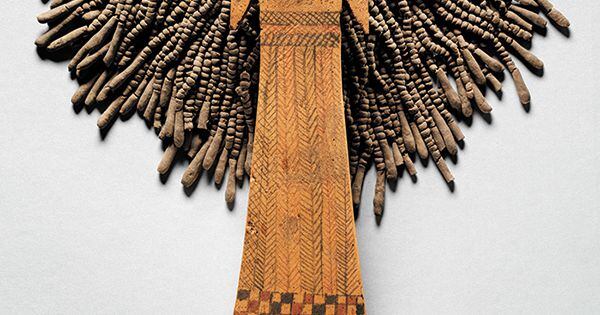The film “Barbie”, released in Korea on July 19, is said to have become Warner Bros.’ highest-grossing film. Previously, the highest-grossing film was “Harry Potter and the Deathly Hallows” Part 2 (2011). The movie “Barbie” tells the story of a Barbie doll living in Barbie Land who leaves for the real world. In the trailer for the film, it is said that “ever since there were girls, there have always been dolls”. What is the story of the dolls?
If the story of the dolls begins with the Stone Age dolls, one of the representative relics of the Paleolithic age, the “Venus of Willendorf”, can also be included in the doll. It can be said that dolls have developed over the course of human history. But usually, when we talk about the history of dolls, we start with the artifacts of the ancient Egyptian civilization dating from around 2000 BC. Commonly known as “paddle dolls”, these dolls are carved from boards to resemble the torso of a woman with short arms and no legs, then decorated with beaded hair. It is believed that they were mostly puppets for religious ceremonies.
It is not known exactly when the dolls were first used as toys. However, it seems that toy dolls were already widespread in ancient Greece and Rome. Indeed, most of the tombs where dolls are excavated are those of children who died prematurely. Besides clay or wooden dolls, ivory or bone dolls have also been excavated. During this period, dolls also began to represent the joints of the human body, and dolls representing real people also appeared. Since then, dolls have developed by being made from various materials and shapes such as wood, paper, fabric, beeswax and ceramics.
As dolls became more sophisticated, doll-related trends began to circulate among the upper classes of Europe in the 16th and 18th centuries. It’s a “doll’s house”. After making an elaborate model that looks exactly like their own home and displaying it on the wall, they install and enjoy the elaborate dolls that look exactly like their own family. Dollhouses, which appeared in Germany, later spread to many European countries and became popular among royalty and aristocrats for a long time. The Queen Mary Dolls House, built between 1921 and 1924 and currently located at Windsor Castle in England, is considered one of the most famous dolls houses in the world, with electricity and running water in working order. walk.
Dolls were also used to show fashionable fashions. It is said that in the 18th century, there was a way to dress up dolls and send them to other countries for the purpose of presenting the latest fashionable clothes or accessories in foreign countries. Later, however, fashion magazine illustrations became more common and were banned by Napoleon I as they could hide secret messages within the dolls.

“Music maven. Introvert. Bacon evangelist. Extreme writer. Internet aficionado. Travel scholar. Lifelong problem solver.”

